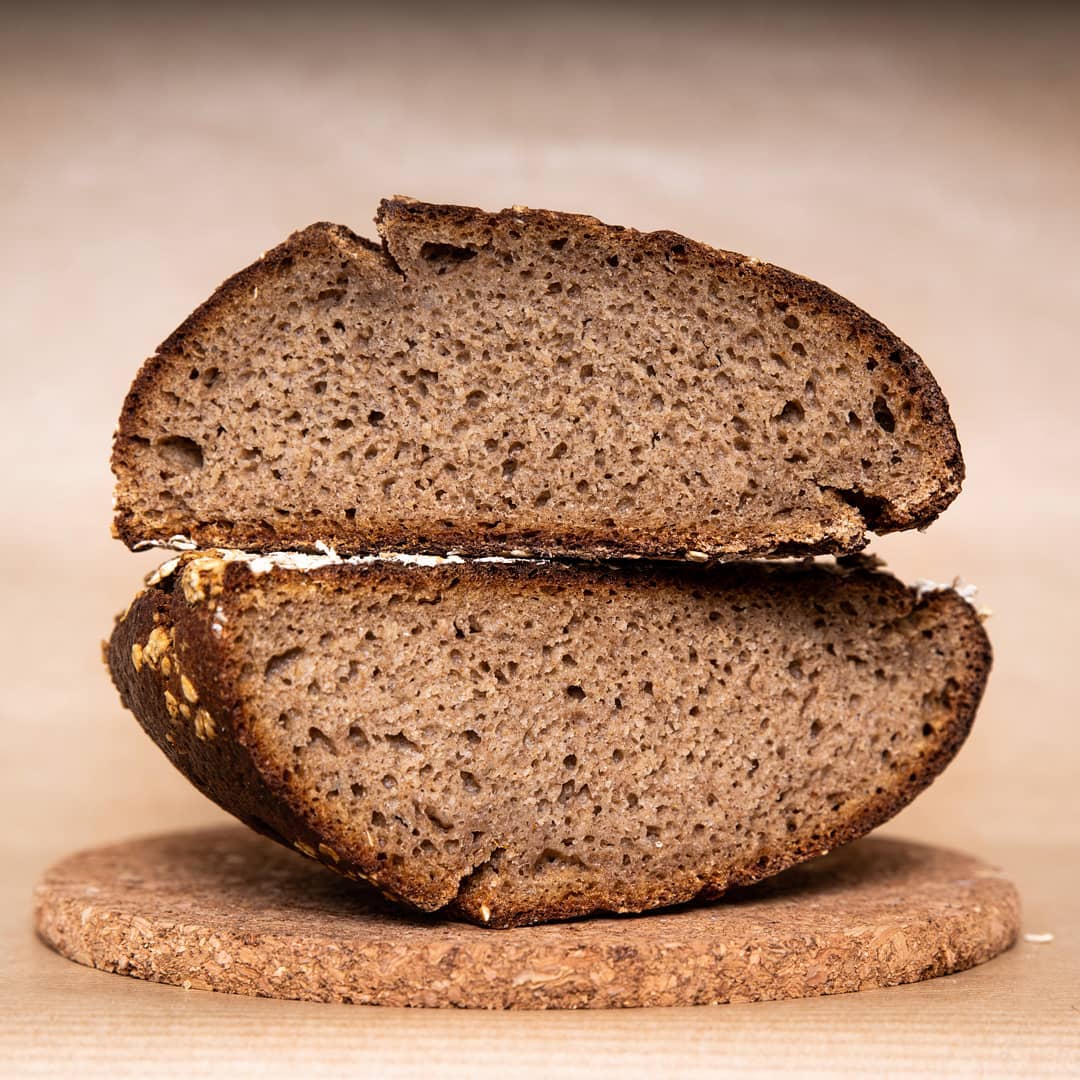

As it pickles, the contents will likely get a little softer, and the weight might drop down into the larger portion of the jar. If that happens, you’ll be able to rotate it out of the way, and get all your stuff out of the jar. Then you can actually stick your hand in and grab the weight and try to pull it out perpendicular to the opening. Odds are that the weight (and the jar opening) are not perfectly circular, so you can try rotating both to pull it out.
Borosilicate glass (which this probably is?) has low thermal expansion, so heat probably won’t help.





That looks to me like the shells of the drupelets of the raspberries that have been squashed, so all of the colored juice has come out. Presumably racking it over also liberated some co2 which caused it to float. I would refrain from opening the fermenter cause every time you do, you let in O2 and roll the dice on infection.